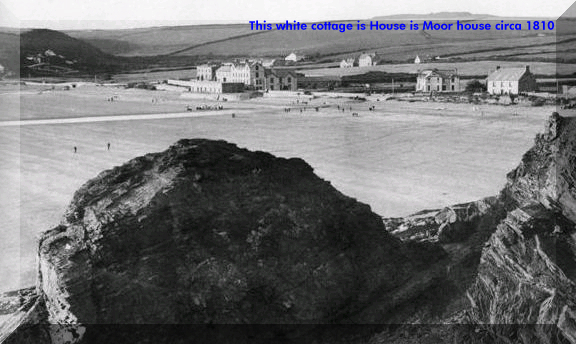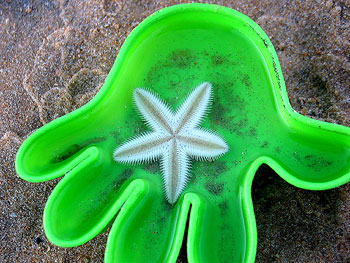History
Brief History Of the Havens . Little Haven had been a fishing village dating at least from 1800 today it is predominately a tourist village. Early photographs show many of the buildings we see today, although now many have different uses. Little haven was also used a as harbour for ships which plied their trade before roads were improved indeed roads even in exisitence. The first life boat was introduced to little haven in 1862. Year 1990 - Description of the milestone or significant event that contributed to the organization's growth.
Broad Haven at this time was smaller village of just a few villas which relied on agriculture with the fields of local landowners reaching down as far as the large expanse of beach. This has now changed and although still a hugely influential part of life around Broad Haven, farming is no longer the main stay of the economy. Again the tourist has played their part in local life.
The Havens beautiful beaches have always been enjoyed by local used as a substitute for parks. the beach would be an ideal place to hold local carnival type occasions. There are photographs showing this in the booklet "Havens Past" Published by the Havens History Group.
The Havens history group chairman Mr Ian Norman can be contacted on 01437 781775.
 Archaeological and historical features include:
Archaeological and historical features include:
Bronze age monuments - circles,barrows,stones and raths.
Iron Age hill forts and promontory forts.
An Iron Age setlement site.
Christian heritage- a mediaeval church Smary the Virgin at Tallbenny, with records of the names of parish priests going back to 1273.
All Saints Church at walton West dates back to the 14th century, but standing near the font is a 10th century burial stone discovered on the site in the 1930's.
The coast line from Little Haven to Newgale has been designagted as a SSSI (site of special sientific interest) one of 75 such sites in the Coastal National Park, because of it's geology and marine biology.
Geological exposures, structures formed prior to,and modified during the Variscan mountian building episode exsisits at Druidstone and by Settling nose, North of Broad Haven. Upper Carboniferous mesures are visible on the Nolton Haven coast. And again around Broad Haven, linking the coalfields which were exploited in teh 16th and 19th centuries.
Marine biological features include a mixture of inter tidal communities and specialist marine habitats. These include surge gullies,rock pools,overhangs, cave and under boulder communities.
Away from the beach and cliffs there are many other habitts- dense scrub,continuous bracken, reed beds, neutral and coastal grassland together with other common elements such as hedge banks, streams,ponds and small rock outcrops.
There are several interesting circular walks in the area taking from and hour to 1.5 hours each.
Discovery Walks of The Havens and Pembrokeshire

